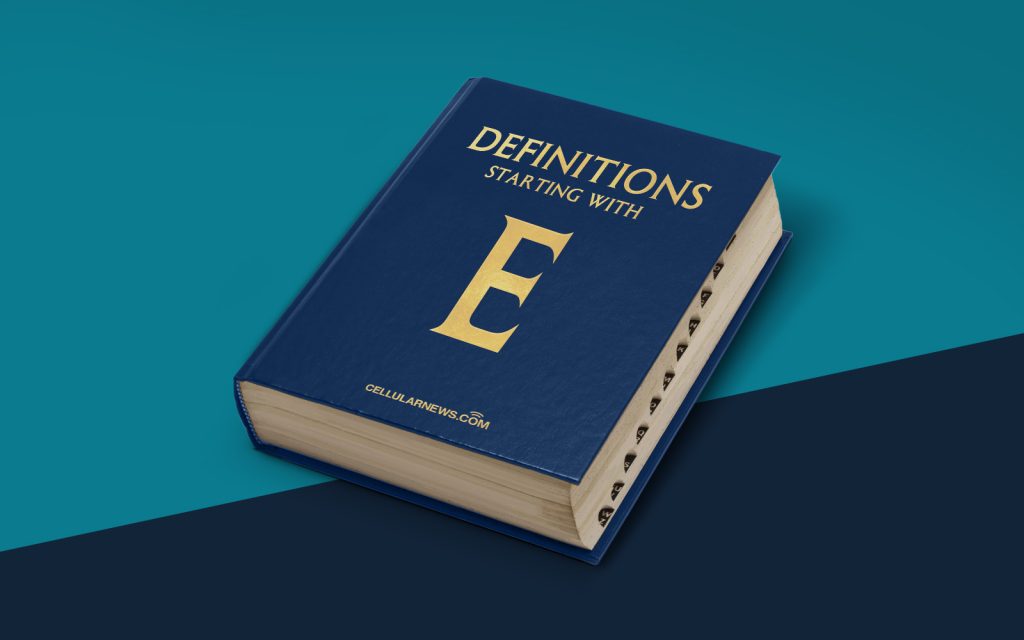
Exploring the World of Eucalyptus
Welcome to the intriguing world of Eucalyptus! Have you ever wondered what is Eucalyptus and why it is so popular? You’re in the right place! In this article, we will dive into the fascinating characteristics, uses, and benefits of Eucalyptus. So grab a cup of tea and let’s get started!
Key Takeaways
- Eucalyptus is a diverse genus of flowering trees and shrubs native to Australia.
- The name “Eucalyptus” comes from two Greek words, meaning well or good, and covered or concealed, representing its flower buds.
The Basics: What is Eucalyptus?
Eucalyptus is a diverse and beautiful genus of flowering trees and shrubs that belongs to the myrtle family, Myrtaceae. Native to Australia, this evergreen plant is known for its aromatic leaves and distinctive features. The name “Eucalyptus” is derived from two Greek words, “eu” meaning well or good, and “kalypto” meaning covered or concealed, referring to its flower buds that are covered by a protective cap.
The Variety and Features of Eucalyptus
With more than 700 recognized species, Eucalyptus offers a wide range of shapes, sizes, and colors. From towering giants to compact shrubs, the diversity is truly astounding. The leaves of Eucalyptus are typically long, slender, and leathery, often exuding a refreshing aroma. When young, the leaves are often blue-gray or silver-green in color, while the mature leaves tend to be darker green.
One of the most distinctive features of Eucalyptus is its bark. Depending on the species, the bark can vary from smooth and mottled to rough and fibrous. Some Eucalyptus trees even shed their bark in striking patches of color, revealing a stunning underlying layer.
Eucalyptus trees are also famous for their flowers. The blossoms can range from simple clusters to elaborate sprays, and their colors can vary, including shades of white, cream, yellow, pink, and red. These beautiful flowers attract bees, birds, and other wildlife, contributing to the rich biodiversity supported by Eucalyptus ecosystems.
The Versatility of Eucalyptus
Now that we have explored the visual appeal of Eucalyptus, let’s delve into its multitude of uses and benefits. Eucalyptus has been valued for centuries for its medicinal properties and unique fragrance. Here are some of the many roles Eucalyptus plays:
- Essential Oils: Eucalyptus essential oil is widely used in aromatherapy and has a plethora of benefits, including respiratory support, stress relief, and insect repellent properties. Its refreshing scent is invigorating and has a cleansing effect on the mind and body.
- Timber: Eucalyptus timber is highly valued for its strength, durability, and unique grain patterns. It is commonly used in construction, furniture-making, and even musical instruments.
- Landscaping: Many species of Eucalyptus are planted for their ornamental value, adding a touch of natural beauty to gardens and parks. Their graceful forms, attractive flowers, and aromatic foliage make them a popular choice for landscape design.
- Wildlife Habitat: Eucalyptus forests provide a critical habitat for a wide range of flora and fauna. The nectar-rich flowers attract bees, butterflies, and birds, while the tree hollows serve as nesting sites for various mammals and birds.
These are just a few examples of the versatility of Eucalyptus. Its unique combination of aesthetic appeal, practical applications, and ecological significance contribute to its widespread popularity and fascination among both nature enthusiasts and professionals.
In Conclusion
Eucalyptus, with its diverse species, aromatic leaves, and multiple uses, is a plant that captivates the senses and offers numerous benefits. Whether you enjoy the soothing aroma of Eucalyptus oil, marvel at the beauty of its flowers, or appreciate its environmental contributions, Eucalyptus is truly a remarkable plant. So next time you encounter Eucalyptus, take a moment to appreciate its charm and the wonders of nature it represents.
